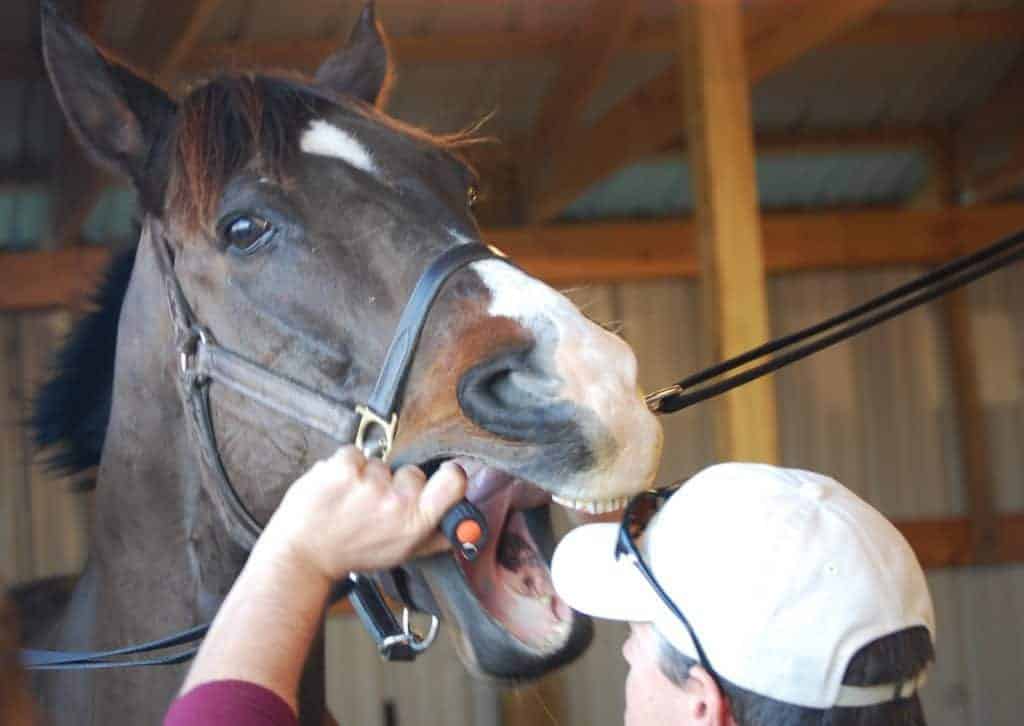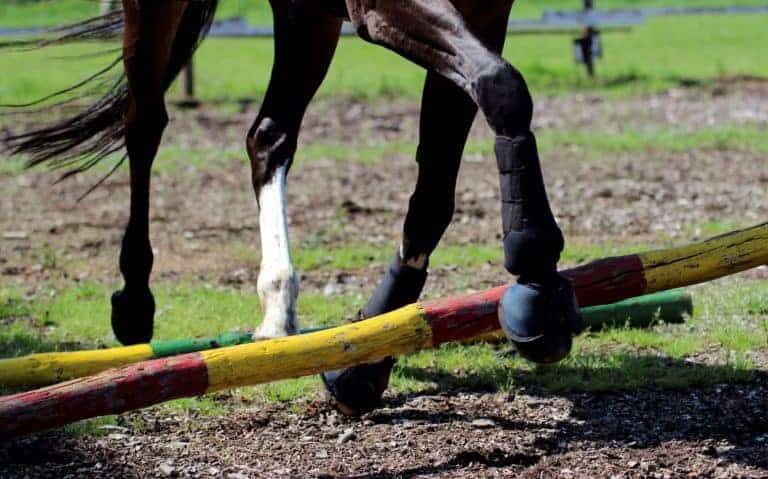
Experts: Donkey Teeth Need Attention, Too
Donkeys have similar dental structures as horses, and they’re at risk of developing many of the same kinds of dental issues. But, unlike horses, their problems often go overlooked—and that’s to their detriment, according to donkey specialists.





























